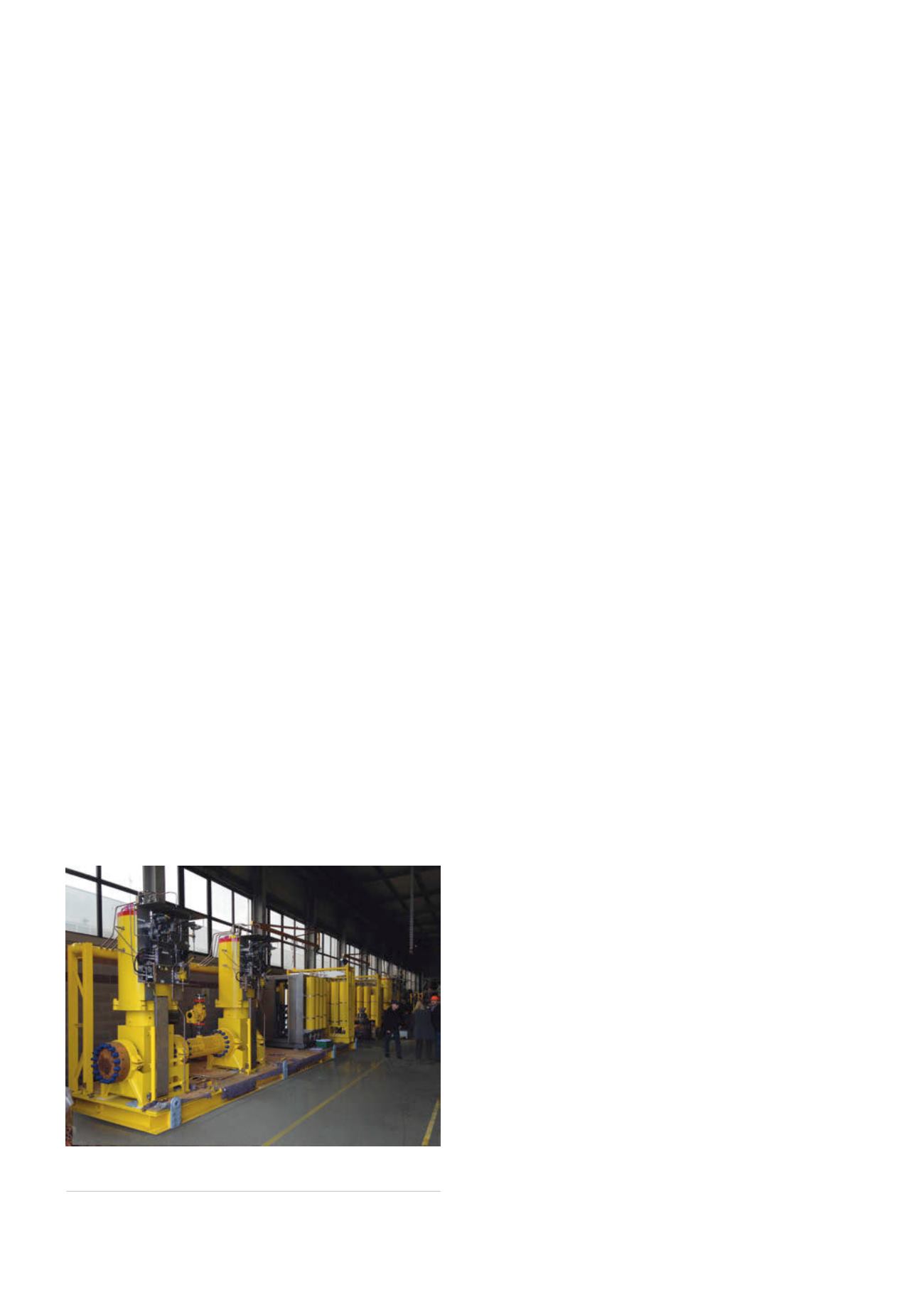
processing plants, making the presence of systems for the
safe and effective control of pressure absolutely vital.
Failure to install and effectively maintain pressure relief
systems can have disastrous ramifications. Overpressure
in a pipeline can result in terminal – and therefore very
expensive – damage to the pipeline, with the very real
likelihood of an explosive release at a location and a
time that would be impossible to predict. When it is
remembered that this explosive release may be that
of a poisonous gas – H
2
S or otherwise – it is clear that
allowing any possibility for this type of event cannot be
countenanced.
For example, research has shown that even gas
concentrations below 5 - 10 ppm can have immediate and
significant effects on the human body, while it has been
demonstrated that continuous exposure to H
2
S levels far
below 1 ppm, can result in serious, long-term diseases
among these groups.
The alternative to an explosive release is that
unchecked pressure can travel further down the pipeline,
causing untold damage to process and equipment as
it moves. A pressure surge that reaches a compressor
unchecked can cause significant damage, resulting in an
immediate and very costly loss of production, to say
nothing of the extremely high replacement costs for the
compressor and other ancillary equipment.
Traditional methods of pressure relief
Over the years, the systems commonly chosen for this
function have been pressure relief valves. These valves
open up an alternative outlet for fluids or gases in a system
once a pre-set pressure is exceeded to avoid further
pressure build-up.
Typically, relief systems either vent gas into the
atmosphere, or to a venting stack for flaring. Venting to the
atmosphere is far from friendly to the environment and is
a potentially major issue where the discharge of gas with a
high concentration of H
2
S is concerned. This represents a
significant health hazard for workers and anyone else in the
vicinity.
The alternative solution – the use of flaring – presents
its own problems. It goes without saying that the presence
of naked flames represents a potentially significant hazard
in itself. The flaring process can produce a range of
combustion gases, which can each cause harm to anyone
nearby depending on the contents of the original gas.
This combustion also generates greenhouse gases and
is a significant contributor to national emission levels.
Meanwhile, overpressure gas, which is flared to reduce
pressure, is simply being wasted.
Their simplicity, relatively low cost, and lack of
environmental restrictions made them popular for many
years in spite of their usually large footprint.
The search for safer alternatives
However, in light of increased environmental concerns
and the need for greater onsite safety in line with the
requirements of safety integrity level (SIL) 3, leading players
in the marketplace sought an alternative. This came in with
the development of the very first high-integrity pressure
protection systems (HIPPS) in Germany, a country even then
renowned for its commitment to operational safety. The
role of the HIPPS is to shut off the source of high pressure
before the design pressure of a system is exceeded;
negating the possibility of a loss of containment through
the rupture of a pipeline, as well as preventing damage
to system components through exposure to excessive
pressure.
Ideal for incorporation into new systems, HIPPS can also
be retrofitted into existing pipeline systems to optimise
safety and reduce the need for flaring.
HIPPS products form part of a broader family of
components known as high-integrity protection systems
(HIPS), which effectively include any device whose role is
to protect the downstream portion of any plant or process
system. HIPS can be introduced into any existing plant –
whether upstream, midstream or downstream – to help
ensure compliance with international or local safety or
environmental regulations.
The key difference between a relief system and a HIPPS
is that whereas the relief system is designed to remove any
excess inflow of fluids for safe disposal, the HIPPS stops
the inflow of excess fluids and retains them in the system.
This last point is key as it negates the possibility of the
release into the atmosphere of harmful gases, as well as the
dangers associated with flaring.
The very first systems were designed to close a pipeline
and consisted primarily of ball and butterfly valves,
representing an effective solution at a relatively low cost.
Development has continued at a rapid pace since then,
and modern systems are now much more sophisticated,
incorporating high-specification logic controllers,
solenoids, redundancy systems and parallel measuring
technology. These components enable fully remote
operations with premium reliability and ensure the highest
Figure 1.
HIPPS systems can be fitted into new systems or
retrofitted as required.
72
World Pipelines
/
MARCH 2016


